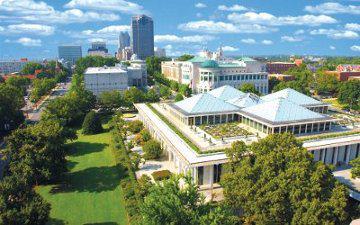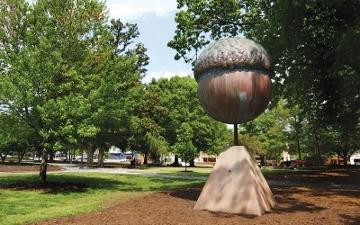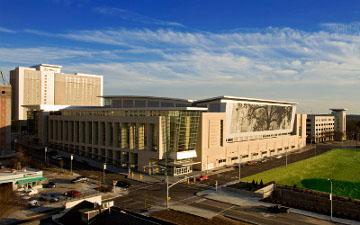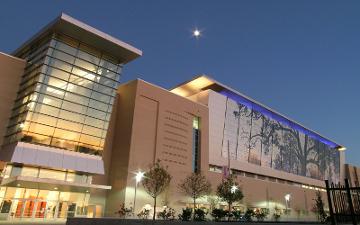
Computational Modeling of Native and Engineered Cardiovascular Tissue
Ilinca Stanciulescu, Ellen Kuhl, Jane Grande-Allen
Cardiovascular disease is the leding cause of death in the industrialized nations. Despite intense research, there are still many cardiovascular diseases for which there is only insufficient treatment or no treatment at all. Understanding the behavior of cardiac and cardiovascular tissue at all scales of observation is important to design and optimize treatment strategies and critical to cardiac surgery, cardiology, tissue engineering, material sciences, bioengineering biology, and cellular physiology. Computational modeling is a powerful tool, if not the only one, to link the individual scales and bring these disciplines together. To no surprise, computational modeling is beginning to be recognized as an important discipline in understanding cardiovascular disease.
This symposium on computational modeling of native and engineered cardiovascular tissue aims at bringing together researchers across different disciplines and scales with the common goal to design new mathematical models and computational tools to model cardiovascular tissue in health and disease. Problems of interest include, but are not limited to, constitutive modeling of healthy cardiac or cardiovascular tissue, constitutive modeling of heart valves, modeling of the cardiovascular system, optimization of engineered tissue, prediction of tissue response during disease progression, growth and remodeling of aneurysms and aneurysm fracture, hypertrophic growth and remodeling of the heart, modeling and interplay of active and passive stresses, and novel concepts of measuring and modeling prestress. Problems addressing the coupling across multiple physical fields and scales and interactions between native and engineered or healthy and diseased tissue are of particular interest.
